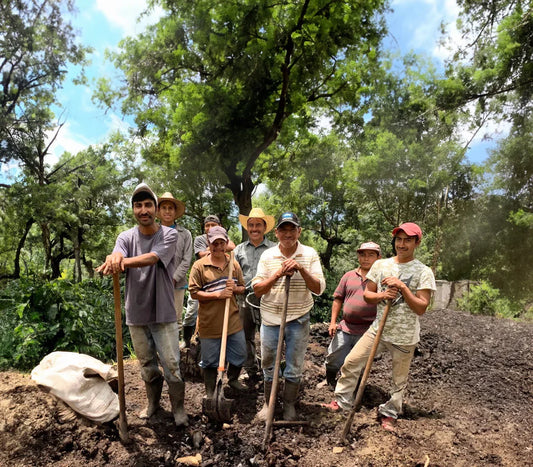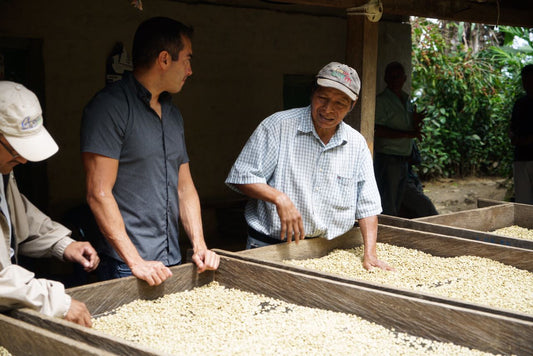
How Lucha Libre is Challenging Gender Stereotypes
Lucha libre, Mexico’s version of pro-wrestling, has been captivating audiences from around the world for over a century.
From the weekly matches that are broadcasted on Canal 9 to the electric atmosphere of the legendary Arena Mexico, Mexicans have been brought up on a steady diet of high-flying acrobatics, larger-than-life characters, and nail-biting drama.
But beyond the entertainment value, lucha libre is a complex and nuanced world where good battles evil. As the renowned author Austin Kleon puts it, the sport is divided into two distinct sides – the técnicos (technical experts) who always play by the rules, and the rudos (rough ones) who are not afraid to bend, or sometimes downright break, the rules to win.
However, in recent years, the narrative of lucha libre has evolved to become a powerful tool for empowering Latino women to fight against discrimination. This transformation has turned the sport into a force for social change, providing a platform for women to challenge gender stereotypes and promote equality.
The Rise of Lucha Libre
Its invention can be pinpointed to 1863 when Enrique Ugartechea, the first Mexican wrestler, discarded many of the sport’s previous rules and restrictions to create a more dynamic and exciting style of wrestling (lucha libre translates literally to mean “freestyle wrestling).
The popularity of lucha libre soared in the 20th century after Salvador Lutteroth founded the Mexican Wrestling Enterprise in 1933. And, by the 1950s, wrestling matches were being broadcast on national television, cementing the sport as a key part of Mexican pop culture.
One wrestler who stood out from the rest was El Santo. Born in the 1940s, he quickly became the most popular and beloved luchador in Mexico. With his silver mask and a legendary career spanning over five decades, El Santo became a symbol of justice and good – a Latino superhero to the masses, if you like.
The iconic wrestler's fame only grew when he starred in his first film, El Santo vs. las Mujeres Vampiro (Samson vs the Vampire Women). As El Santo's popularity skyrocketed, so did the attention on lucha libre, solidifying the sport as a national treasure.
But El Santo is just one of the many luchadores who have helped popularize the sport.
Women in Lucha Libre
Luchadoras (female wrestlers) such as La Diabólica, Lady Apache, and La Amapola have become popular names in the industry, and their high-flying moves and athleticism have earned them a loyal following. In 1993, the Consejo Mundial de Lucha Libre (CMLL), one of Mexico's biggest wrestling promotions, launched a women's division, giving female wrestlers a platform to showcase their skills.
In 1999, the AAA launched its first (and only) ladies’ championship: Campeonato Reina de Reinas, or Queen of Queens Championship. Since then, it’s drawn talented female wrestlers from all over.
But it wasn’t until 2018 that Mexico put on its first all-female lucha libre event, featuring some of the top luchadoras from around the world. The event was a huge success, demonstrating the growing popularity of female participation in the sport.
Today, lucha libre has a devoted following around the world, with fans tuning in to watch matches and follow the careers of their favorite wrestlers, both men and women. However, women within the sport have had to battle discrimination both in and out of the ring.

How Lucha Libre Became a Fight Against Gender Discrimination
Though it has traditionally been considered a male-dominated sport, there were originally a few women who participated in the ring alongside men, showcasing their skill and agility.
But this era of relative gender inclusivity came to an abrupt end in 1954 when the governor of Mexico City banned women from lucha libre matches.
It took several decades for luchadoras to be allowed back in the ring, and even then, they faced significant discrimination. Despite this, many determined and talented luchadoras continued to pursue their passion, and today, they are as admired and celebrated as their male counterparts.
In Bolivia, a group of indigenous cholitas has taken up lucha libre, demonstrating that they are just as capable as men and often beating them with their strength and hard work. These women are an inspiration to many, helping to break down barriers and gender stereotypes not only in the sport but outside of it as well.
Lucha Libre: a Promising Future for Gender Equality
Perhaps most importantly, luchadoras are an inspiration to young women and girls throughout Mexico and beyond, who face similar challenges and barriers in other contexts. The impact of seeing empowered women perform with strength and confidence in a typically male environment cannot be underestimated.
Lucha libre is a theatrical environment in every sense: costumes, lights, music, acrobatics and entertaining dialogue is all part of the spectacle. It’s a place where men and women alike don makeup, sparkle and exaggerated personas. As the sport continues to evolve, we can only hope that it will continue to inspire and promote gender inclusivity and diversity.
At Mayorga Coffee, we pay homage to the power of lucha libre with our Muy Macho blend. This blend balances strength with style and a little bit of showmanship by combining coffees from Peru and Honduras roasted "low and slow" to achieve a deep, dark profile with a sweet chocolate finish.


